The Human Condition
Hagai Yodan piano, harpsichord
Alex Shapira composer
Daniel Akiva composer
Tsippi Fleischer composer
Rachel Galinne composer
Igal Myrtenbaum composer
Dina Smorgonskaya composer
Nothing has ever gripped intellectuals as firmly as reflections about the conditio humana, with all the perceptions, joys and miseries it entails. Israeli pianist and prolific recording artist Hagai Yodan sounds the depths of existence on his new release, THE HUMAN CONDITION, and with great panache.
Featuring both piano and the harpsichord, Yodan skillfully navigates through the seas of Being as described by no fewer than six international composers. There is a persistent sense of melancholy, but also of truculence and a certain rage de vivre – an indomitable will to live. In this, THE HUMAN CONDITION isn’t merely another contemplation; it’s a self-assured declaration.
Listen
Stream/Buy
Choose your platform
Track Listing & Credits
| # | Title | Composer | Performer | |
|---|---|---|---|---|
| 01 | Sonata No. 1 “In Search of Lost Meaning”: I. Abandoned Dreams | Alex Shapira | Hagai Yodan, piano, harpsichord | 7:49 |
| 02 | Sonata No. 1 “In Search of Lost Meaning”: II. Introspection | Alex Shapira | Hagai Yodan, piano, harpsichord | 3:12 |
| 03 | Sonata No. 1 “In Search of Lost Meaning”: III. Self Doubts | Alex Shapira | Hagai Yodan, piano, harpsichord | 4:46 |
| 04 | Sonata No. 1 “In Search of Lost Meaning”: IV. Never Look Back | Alex Shapira | Hagai Yodan, piano, harpsichord | 3:31 |
| 05 | Supplications | Daniel Akiva | Hagai Yodan, piano, harpsichord | 5:39 |
| 06 | In Chromatic Mood | Tsippi Fleischer | Hagai Yodan, piano, harpsichord | 5:19 |
| 07 | Three Dances | Dina Smorgonskaya | Hagai Yodan, piano, harpsichord | 6:10 |
| 08 | Piano Sonata: I. Stormy | Rachel Galinne | Hagai Yodan, piano, harpsichord | 5:51 |
| 09 | Piano Sonata: II. Grave | Rachel Galinne | Hagai Yodan, piano, harpsichord | 5:26 |
| 10 | Piano Sonata: III. Moderato | Rachel Galinne | Hagai Yodan, piano, harpsichord | 5:46 |
| 11 | Comping the Empty Wheel | Igal Myrtenbaum | Hagai Yodan, piano, harpsichord | 15:52 |
Recorded 2018-2022 at The Israeli Conservatory of Music in Tel Aviv, Israel
Sound Engineers Yaron Aldema, David Hadad
Mastering David Hadad
Piano Technicians Zohar Harpaz, Shamai Gilad
Harpsichord Technicians Alex Rosenblatt, Yizhar Karshon
Executive Producer Bob Lord
A&R Director Brandon MacNeil
VP of Production Jan Košulič
Audio Director Lucas Paquette
VP, Design & Marketing Brett Picknell
Art Director Ryan Harrison
Design Edward A. Fleming
Publicity Patrick Niland, Aidan Curran
Artist Information
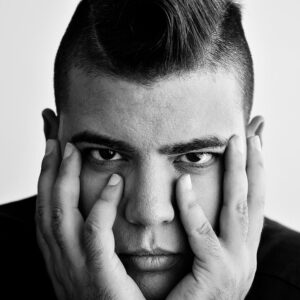
Hagai Yodan
Hagai Yodan (b. 1985) is an Israeli pianist, vocalist, harpsichordist, and composer. His repertoire spans from early music to contemporary pieces, and he has collaborated with nearly 300 different composers.
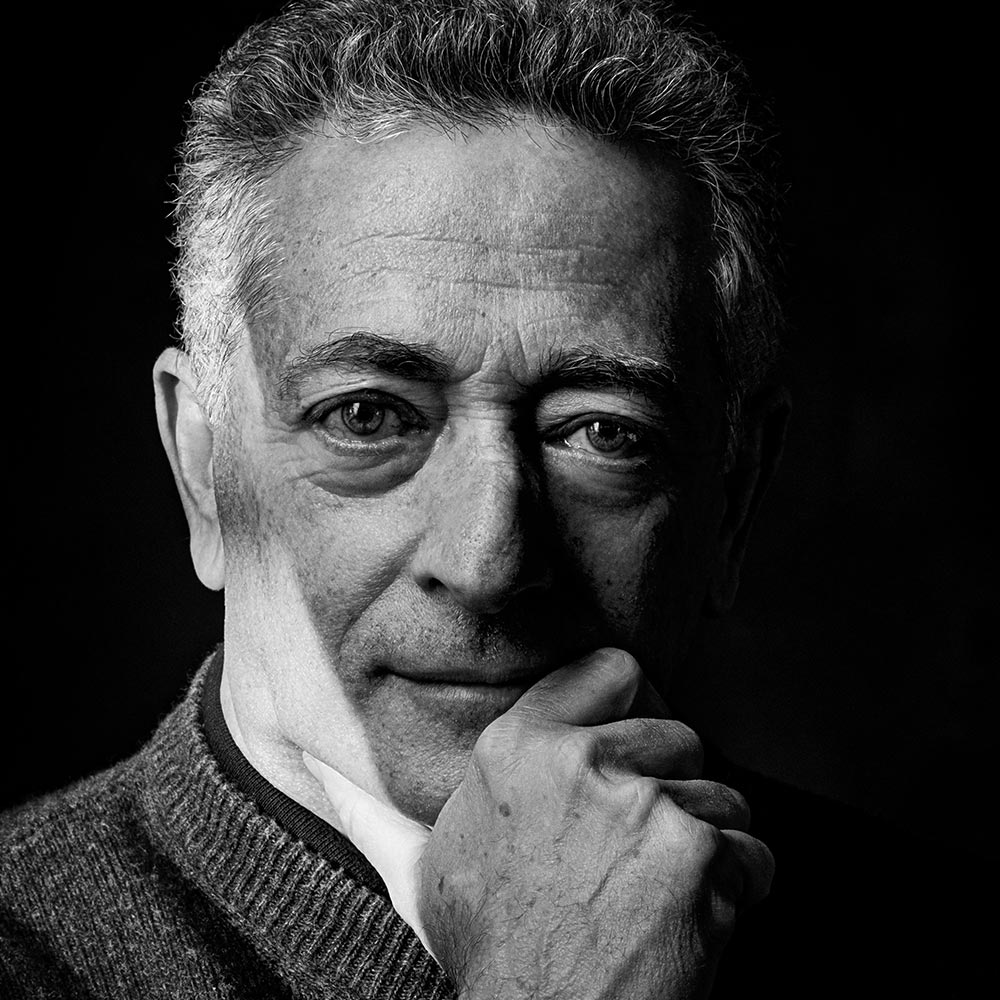
Alex Shapira
Alex Shapira (b. 1958) studied composition in Romania, Israel, and the United States, and received a comprehensive scientific education. After pursuing a successful high-tech career, Shapira is now refocusing on composition and joined NACUSA/Texas in 2021. He is developing his authentic musical language at the intersection of East and West, balancing artistic intuition and scientific rigor. The Piano Sonata In Search of Lost Meaning was recorded by Hagai Yodan in 2022, and his Mallet Quartet Nostalgia was performed the same year by the Heartland Marimba Ensemble in St. Paul MN as part of their World Premieres Tour. Shapira lives in Dallas TX with his wife, likes to hike, jog, and meditate, and enjoys modern art.
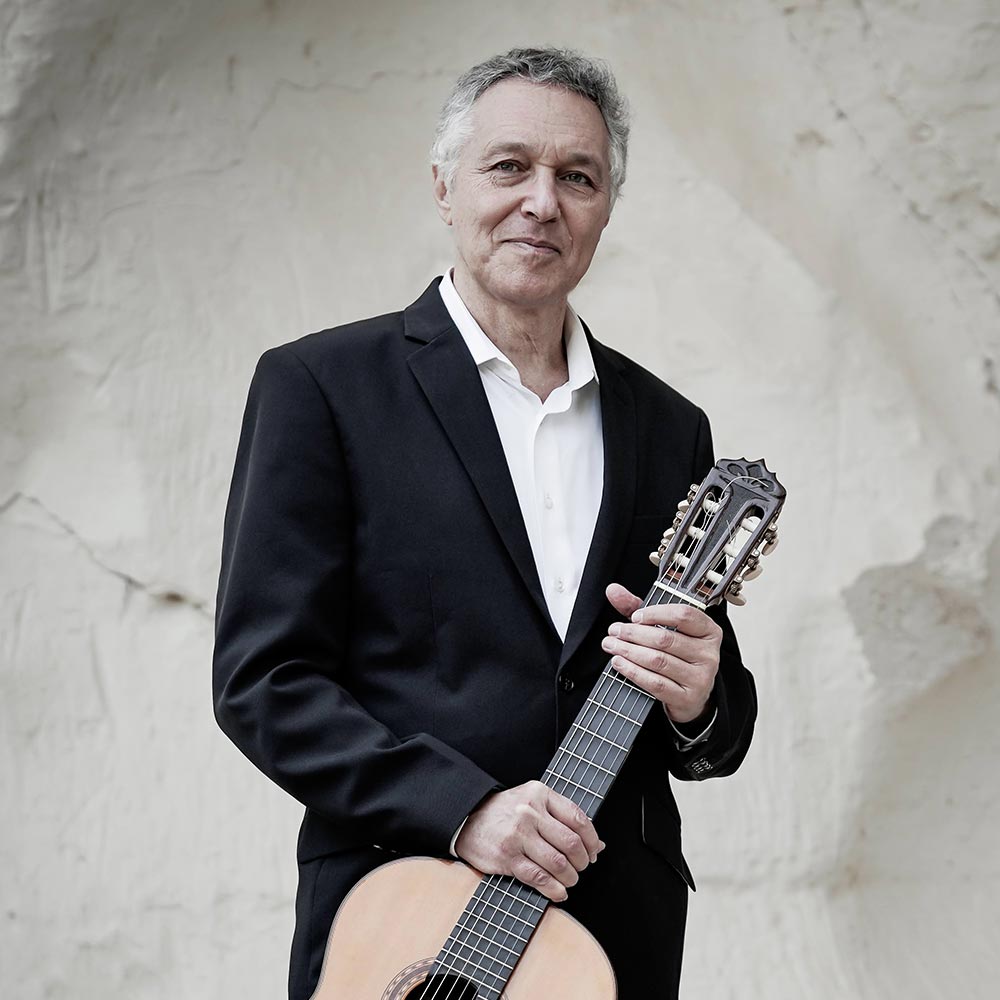
Daniel Akiva
Daniel Akiva (b. 1953) is a composer, performer, and educator, whose guitar and lute performances have earned him international acclaim. A native of Haifa, Israel, whose family has lived in Israel for over 500 years, he was steeped in Sephardi tradition from youth, and many of his compositions evolved from the music of Sephardi Jews. He has performed as a guitarist and lutenist in Israel, the United States, Russia, Spain, France, Switzerland, Germany, Portugal, Mexico, and most of the countries in Central and South America.
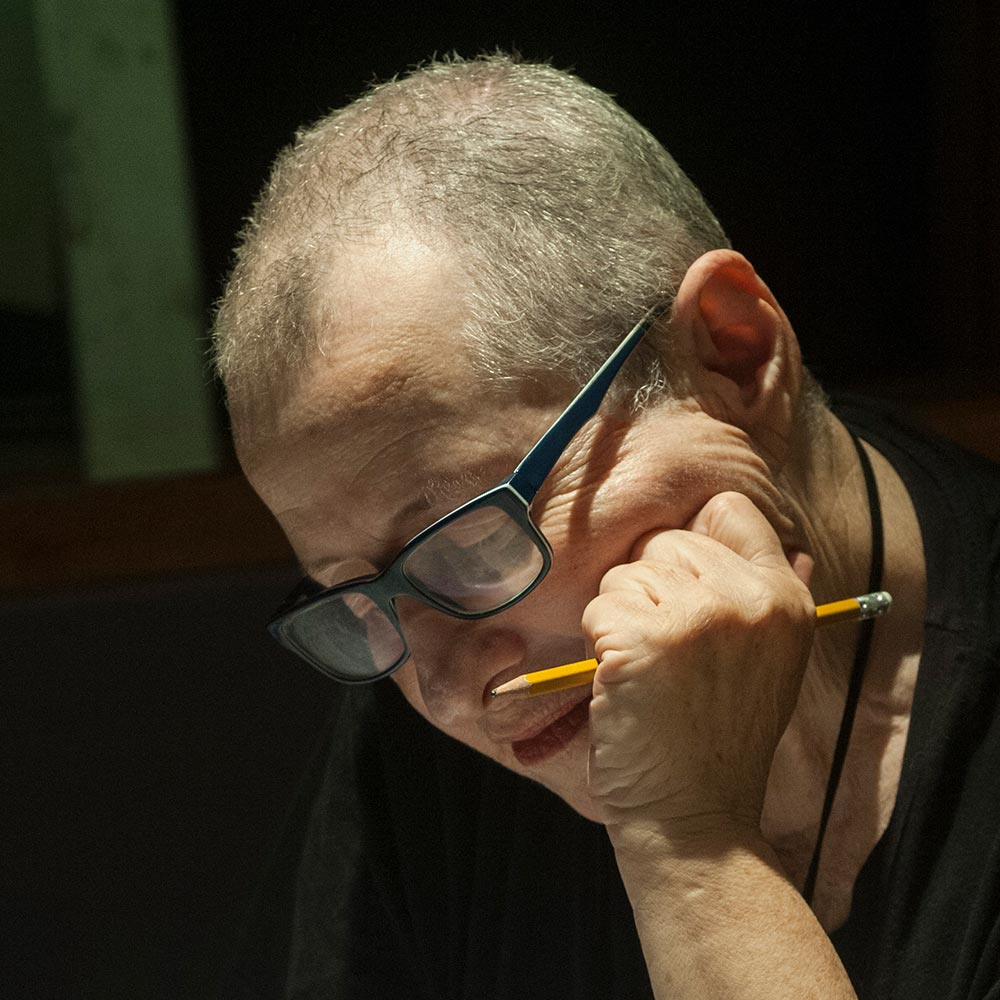
Tsippi Fleischer
Tsippi Fleischer (b. 1946) is one of Israel’s major composers. Her oeuvre encompasses four decades of creative activity in all major genres, reflecting the varied trends in contemporary musical and theatrical artistic dynamics in Israel and throughout the world. Her works appear in albums produced by international labels and by the Israel Music Institute.
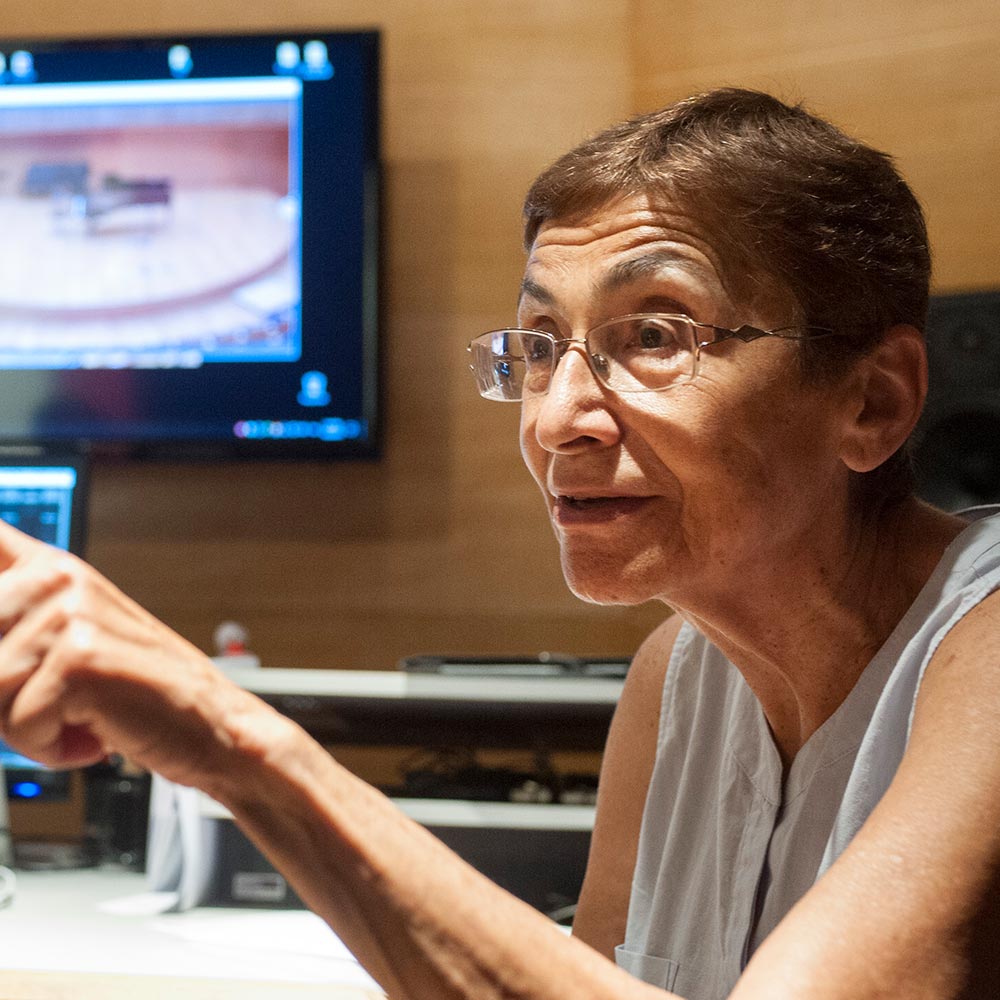
Dina Smorgonskaya
Dina Smorgonskaya (b. 1947) is one of Israel’s most prominent composers. Immigrating to Israel in 1989 from the former U.S.S.R., she brought with her the mastery of a broad spectrum of styles and genres, as well as her own musical personality, both featuring the rich artistic tradition of St. Petersburg, whose school she proudly represents.
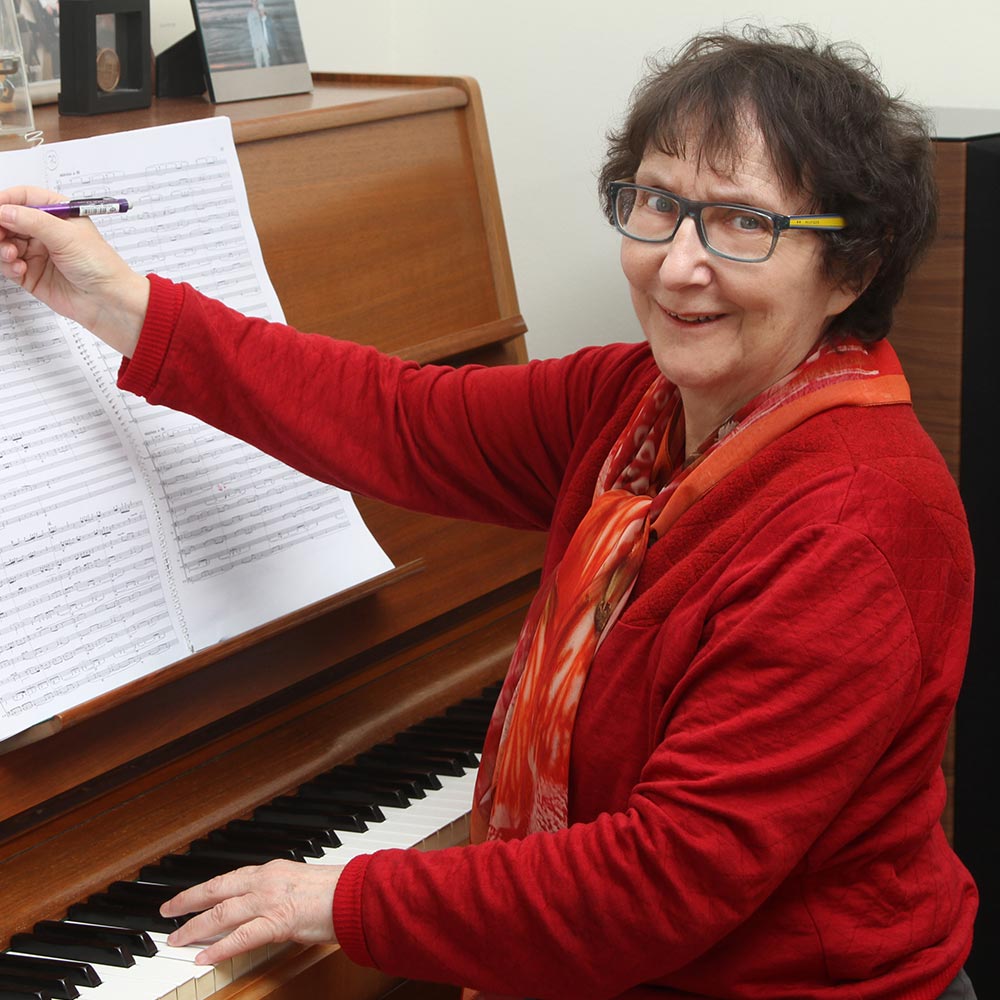
Rachel Galinne
Rachel Galinne (b. 1949) was born in Stockholm, Sweden, where she studied piano with Gottfried Boon, a disciple of Artur Schnabel. She studied musicology, film, science, and education before completing her B.A. in Semitic languages, specializing in Hebrew at Uppsala University.
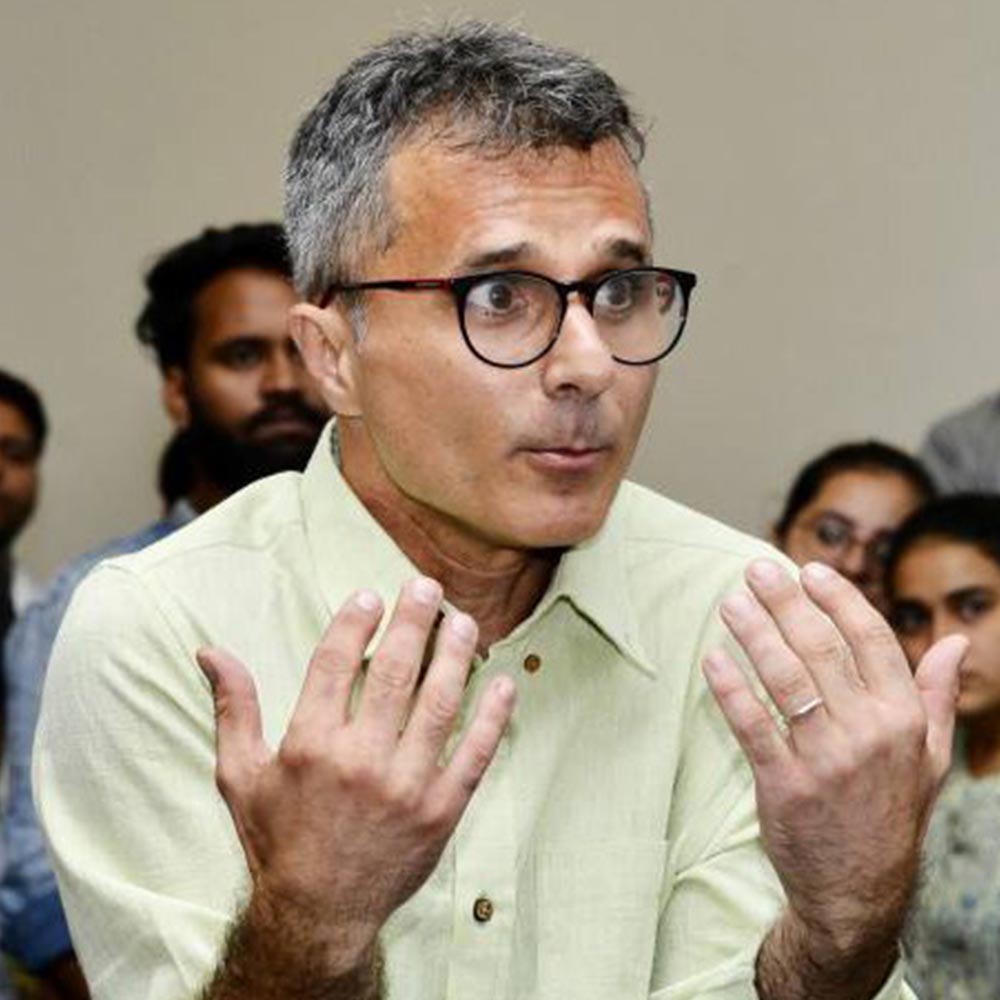
Igal Myrtenbaum
Dr. Igal Myrtenbaum is a composer, sound artist, and lecturer. His work and passion ranges from synchronizing sounds to studying how people synchronize, as well as systems with emergent properties. He composes both electronic music and works for acoustic ensembles, and, in recent years, focused on improvisation and vocal expression. Committed to exploring music through building cultural bridges, he gives workshops and leads other projects in different parts of the world: India, South America, and Israel — mostly based on a combination of performance, analysis, and the use of digital tools. Myrtenbaum is the recipient of the Landau Prize for Electronic Music and the Prime Minister’s Prize for Israeli composers.
